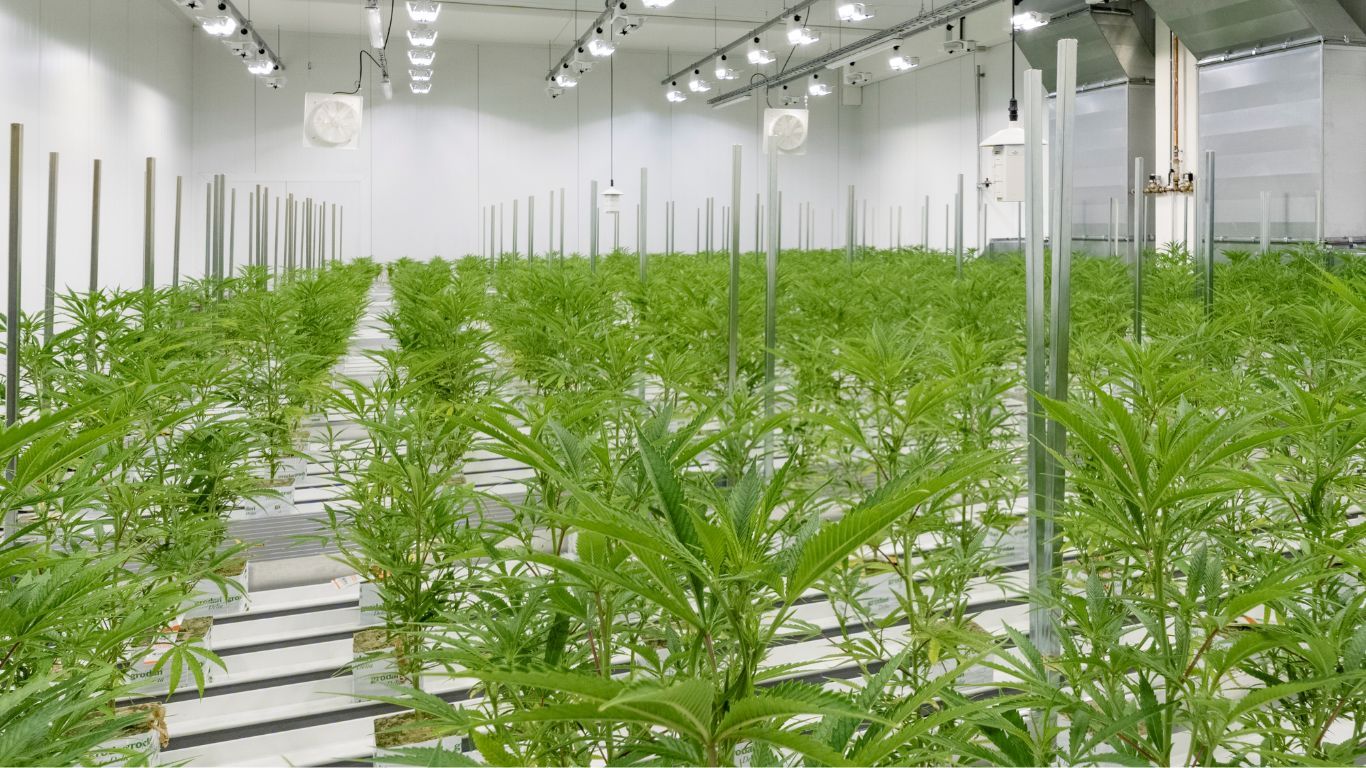
Researchers in Australia say they have found no consistent association between cannabis use and measures of lung function.
A recent study published in the medical journal Respiratory Medicine looked at whether cigarette smoking or cannabis use and co-use with tobacco are associated with changes in lung function in a population sample of young adults.
Although researchers found evidence suggesting impairments in lung function associated with cigarette smoking, it found few if any harms associated with relatively low levels of cannabis use.
It also found that the co-use of tobacco and cannabis appears to have no additional risk to lung function than those associated with only tobacco use.
The data is from a cohort study of cigarette smoking, cannabis use, and co-use at 21 and 30 years of age and lung function. Subjects were several thousands of now-adult children of pregnant women who were recruited into the cohort study over the period of 1981 to 1983 in Australia.
“Our findings regarding cannabis use are suggestive of few if any harms associated with relatively low levels of cannabis use evident in a young adult sample. The combined (co-use) of tobacco smoking and cannabis use does not appear to be associated with harms that are greater than the use of tobacco smoking alone.”
While cigarette smoking was associated with reduced airflow in the lungs, researchers found no consistent association between cannabis use and measures of lung function, even after years of use.
Researchers specifically wanted to look at any possible increased risk with the co-use of cannabis and tobacco, something that has not as of yet been studied in depth.
Although they found no increased risk to lung airflow related to co-use of cannabis with tobacco, or of stand-alone cannabis use, researchers still noted other health concerns with cannabis use.
Lung function was assessed by a trained interviewer at the two different follow-up stages, 21 and 30 years of age. The interviewers were trained by a clinician who was an investigator in the study, using a spirometer to measure lung airflow.
At the 21 and 30 year data collections, respondents were asked how many cigarettes they smoked in the past week and how often they had used cannabis in the last month.
At 30 years, respondents were also asked whether they had used cannabis in the last 12 months and how much cannabis they generally used on the days they were consuming it.
Cigarette smoking at 21 or 30 years was associated with a reduction in airflow from the lungs. In contrast, researchers found that cannabis use at 21 or 30 years was not significantly associated with reduced lung function and that those who co-used cannabis and tobacco had the same reduced lung function as tobacco-only smokers. Those who only smoked cannabis and not tobacco had similar lung function as those who didn’t use cannabis or tobacco.
With tobacco users who were still smoking at the age of thirty, the negative impacts on lung function were increased, while those who continued to use cannabis did not have such associated negative effects.
Researchers also noted that those who used cannabis, even those who also smoked tobacco, used it with less frequency and in less volume than they did tobacco. It also noted that those who were smoking tobacco by 21 years of age but had quit by 30 had better lung function than those who continued to smoke tobacco.
In acknowledging possible limitations, researchers note that the bronchodilator effects of cannabis on the lungs could have contributed to the strength of respiration recorded via spirometry, and that the study only covers two specific age demographics over a nine-year period. It also references past studies that have suggested that heavy lifetime use of cannabis impacts lung function.












